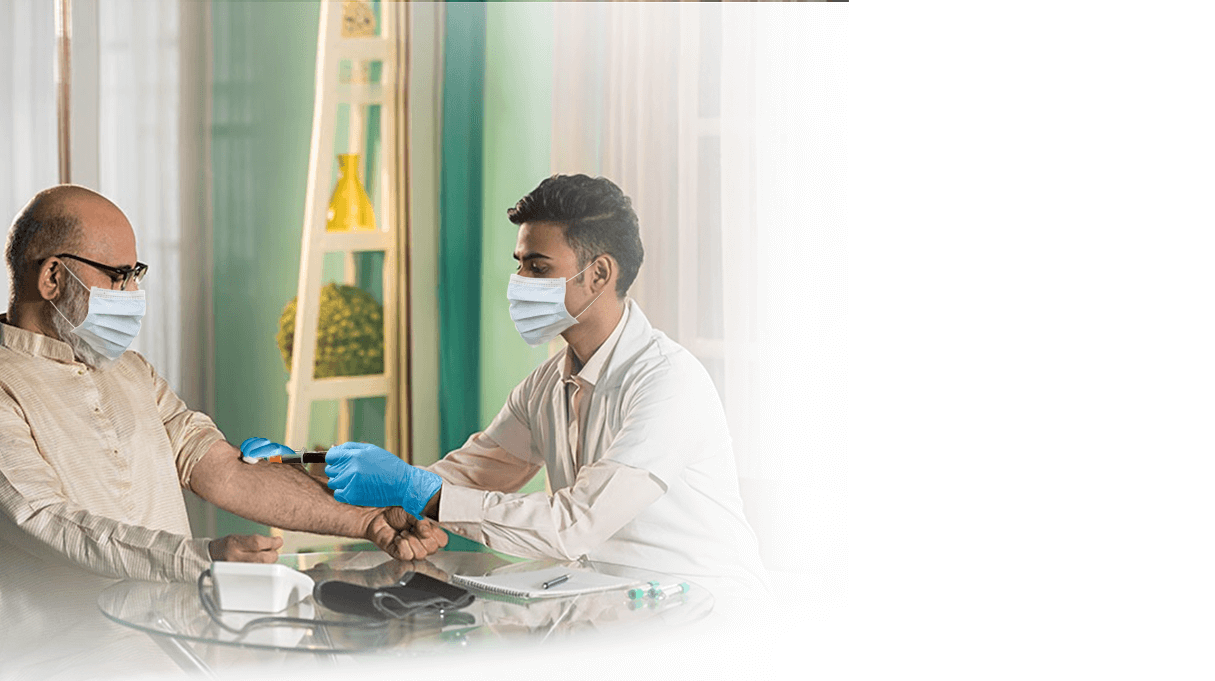
Sex Hormone Binding Globulin (SHBG)
Sex Hormone Binding Globulin (SHBG)
The Sex Hormone Binding Globulin (SHBG) test measures the level of SHBG in your blood. This protein, SHBG is produced by the liver. The hormones testosterone (an androgen), dihydrotestosterone (DHT) (an androgen), and estradiol (an oestrogen) are transported as inactive forms in the blood by the protein SHBG. With the help of SHBG, you can regulate the amount of sex hormones that are active in your body.
When the SHBG protein binds to your tissues, they are unable to use sex hormones.
Your tissues can only make use of sex hormones that are "free," or not bound to SHBG. The amount of testosterone that can be used by your body tissues is regulated by SHBG. Both too little and too much testosterone (androgen) in males and females can lead to abnormal reproductive functioning. Healthcare providers use this test to screen the level of SHBG in your blood to determine androgen deficiency and hypogonadism (decreased functioning of gonads).
Sex Hormone Binding Globulin test is also knowns as SHBG, TeBG, Testosterone-Estrogen Binding Globulin test.
SHBG is used to diagnose various health conditions in both males and females. Thus, getting your SHBG test is recommended to prevent abnormal hormone levels related to diseases such as erectile dysfunction, fertility problems, osteoporosis (weakening of bones), etc
What is an SHBG used for?
SHBG test is used in the diagnosis of androgen malfunction (i.e. males with low testosterone and females with high testosterone levels) and hypogonadism (loss or decreased functioning of gonads).
Symptoms of low testosterone levels in males
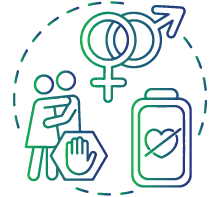
Low sex drive

Erectile dysfunction (difficulty in getting a penis erection)

Enlarged breasts

Lack of facial or body hair

Weakening of bones

Anaemia
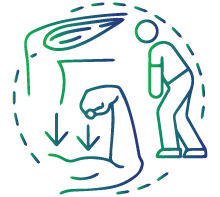
Loss of muscle mass
Symptoms of high testosterone levels in females

Increased facial and body hair

Hair loss on the head
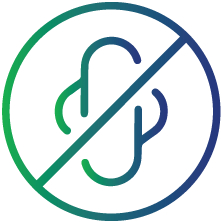
Irregular or no menstrual periods

Voice changes
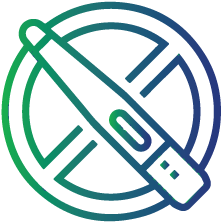
Infertility
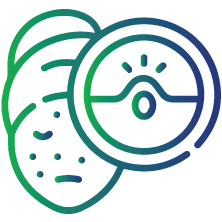
Acne
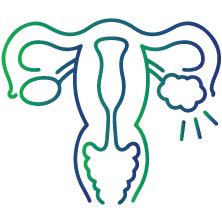
Polycystic Ovary Syndrome (PCOS)
Who should get tested?
SHBG is recommended in the following conditions:
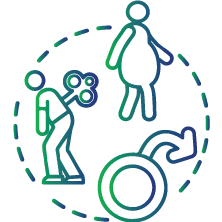
Diagnosing the cause of symptoms that could be from abnormal androgen levels
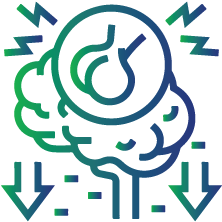
To find out the cause of hypogonadism
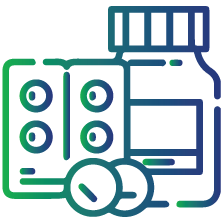
Checking on medications that may affect androgen levels
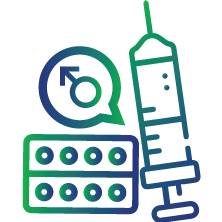
Monitoring the health of transgender man receiving masculinizing hormone therapy
Test preparation:
No special preparation is required for the SHBG test. Some medications may have an impact on your test results. Thus, it is important to inform your healthcare provider about any supplements or medications you use. Before discontinuing any prescription medications, first consult your healthcare provider
Interpretation of results
The normal range of SHBG may vary based on your age, gender, and laboratory results.
Normal ranges for SHBG concentrations in Nano moles per litre (nmol/L)
|
Gender |
<50 years old |
>50 years old |
|
Male |
15-64nmol/L |
14-78nmol/L |
|
Female (non-pregnant) |
19-145nmol/L |
14-136nmol/L |
Deviation from normal levels indicates the following:
· Low levels of SHBG levels may be associated with obesity, type 2 diabetes, hypothyroidism, and acromegaly.
· High levels of SHBG may be related to hepatitis, hyperthyroidism, and HIV
FAQs
How is the SHBG test performed?
During this blood test, a healthcare professional will take a small amount of blood from a vein in your arm, using a small needle, which is then collected in a test tube or vial. This usually takes a couple of minutes
What are the risks associated with the SHBG test?
There are no known risks associated with the SHBG test. During a blood test, one may experience minor pain or bruising where the needle was inserted, but most symptoms will subside quickly.
What might affect my SHBG test results?
Conditions like pregnancy, having an ovarian or adrenal tumour, Cushing syndrome, and using certain medications like steroids and opiates can increase androgen levels. So, it is recommended to consult your healthcare provider before getting an SHBG test
What is the turnaround time (TAT) for the result of an SHBG test?
Sex hormone binding globulin test result is usually available within 2-3 working days. Test results might be mailed or made available online through health portals. Your doctor might also contact you by phone or email to go over your test findings or to arrange a follow-up appointment
What further tests I might have in addition to the SHBG test?
To confirm an androgen deficiency, it's possible your doctor may request blood tests for total and free testosterone as SHBG levels fluctuate. To confirm androgen deficiency and hypogonadism, both free and total testosterone tests are recommended along with the SHBG test

